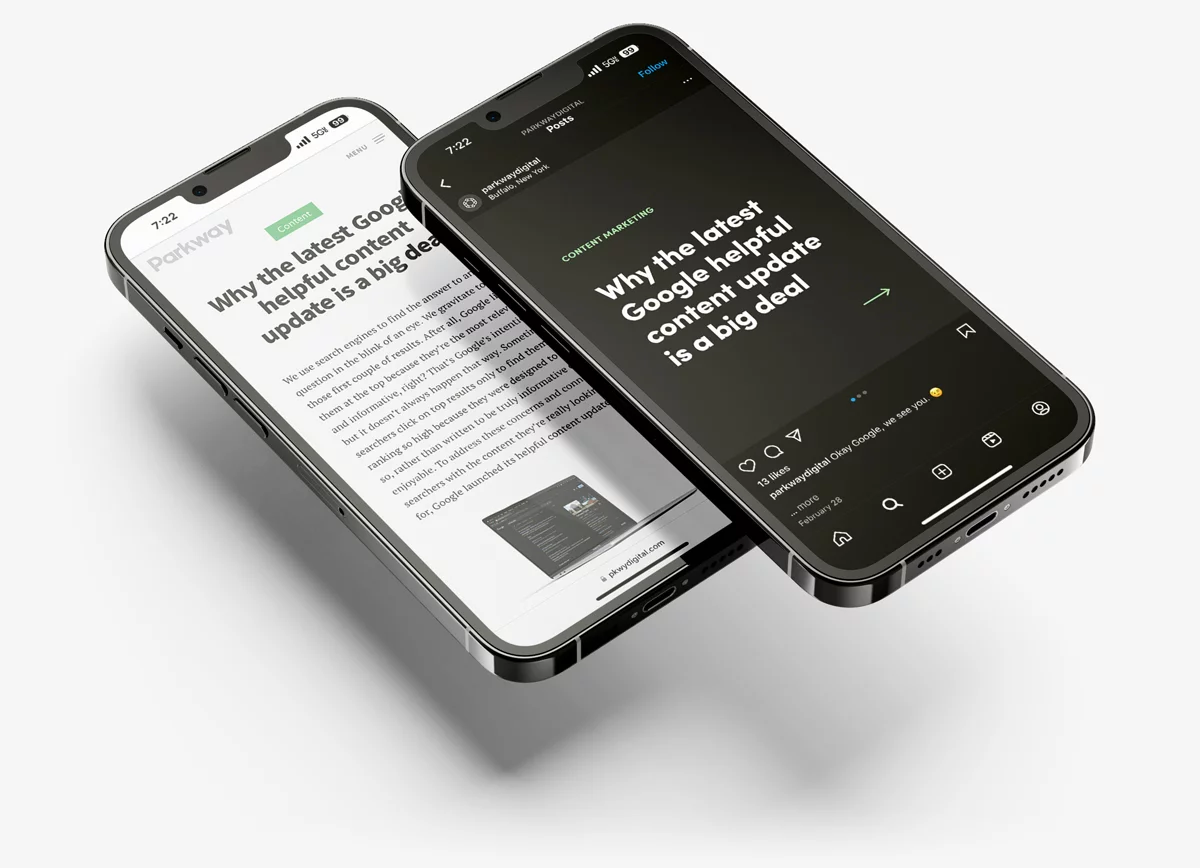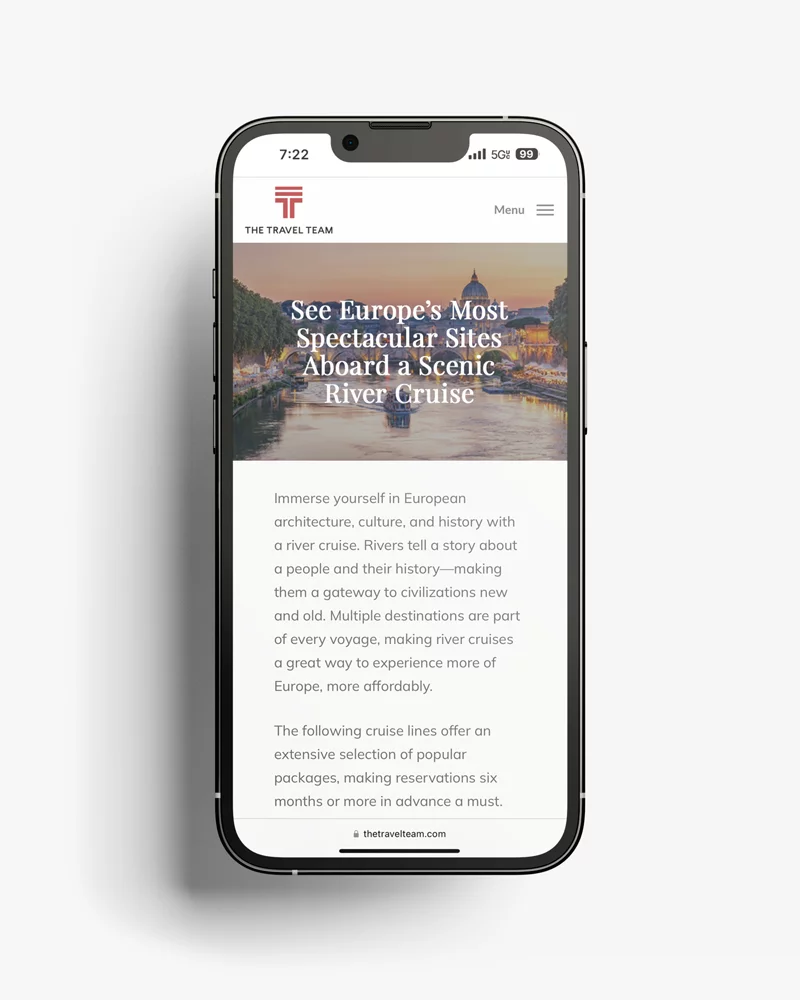How long does it take to produce a piece of content? On average, 52% of marketers reported spending between one and six hours to create a single piece of content. Another 25% said it took them even longer, giving a range of between seven and 19 hours! Different mediums will take more or less time to create content in (think writing blog posts versus creating videos). Creating new content from scratch each and every time eats up a lot of resources. That’s where content repurposing comes in. With content repurposing, you can make the most out of each piece of content you create, maximizing its impact.
What Is Content Repurposing?
Sometimes called content recycling, content repurposing involves transforming content into different mediums or producing multiple formats for various channels. Marketers use this tactic to refresh previously posted content across other platforms or further build upon previously posted materials. It’s also incredibly valuable when it comes to saving time and resources during the content creation process. All in all, content repurposing can significantly improve the return on investment of original content.
How Does It Work?
Say that your business website features a blog that publishes new content twice a month. The blog attracts a steady stream of traffic and encourages conversions. You also have a few social media accounts but don’t use them as much as you would like to, often due to time constraints. But you’d like to be more active on social media since you have a target audience that spends a lot of time there.
In this situation, an easy fix would be to create different versions of your blog posts for the channels you want to be active on. Since you already create blog posts for your website, you could create content related to your blog for social media. Take this example from our own blog and Instagram account.

Since Instagram is such a visual platform, we reformatted snippets from our blog that we’ve researched and written along with on-brand icons and graphics to create new content for our social media. That content now reaches followers who prefer to use social media, allowing them to learn more about the same insights our website viewers read about. That’s another tactic we used in this example from The Travel Team.

We promoted The Travel Team’s European river cruise recommendations on the agency’s Facebook page using images and compiling them into a short video format.
Content repurposing isn’t just a way to share content on your social media though. There are plenty of other ways to use and convert the content you’ve created. You could turn a blog post into a podcast discussion, create infographics from case studies, or create user guides and presentations from multiple pieces of content on related subjects. Just remember to recycle content into the formats your audience responds well to and on the platforms they engage with most.
